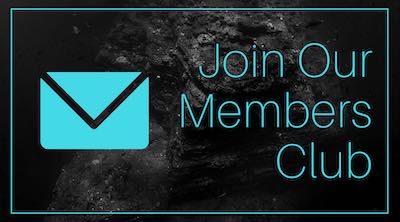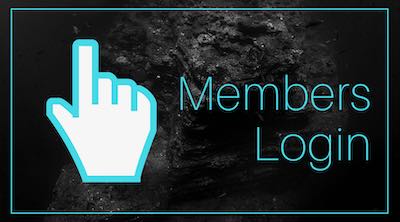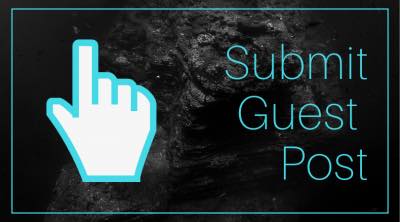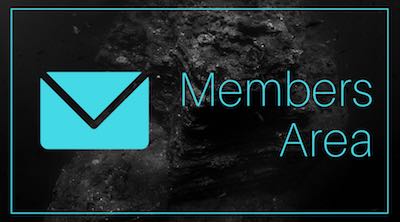Explore the science behind marathon recovery and discover how stretching helps reduce soreness, improve circulation, and prevent injury. Expert tips from London physiotherapists.
Running a marathon is one of the greatest physical feats the human body can endure — a true test of stamina, strength, and mental fortitude. Covering an average distance of 26.2 miles requires months of disciplined training, a finely tuned diet, and an unwavering commitment to the goal. But while crossing the finish line is an incredible achievement, it also represents the culmination of significant physical stress. During a marathon, your muscles are pushed to their absolute limits, enduring tens of thousands of repetitive contractions. Joints — particularly in the knees, hips, and ankles — absorb relentless impact with each stride. The cardiovascular system works overtime, and the immune system is temporarily suppressed.
This intense strain leaves the body in a state of controlled trauma. Muscles suffer microscopic tears, tendons can become inflamed, and the nervous system is left fatigued. Even well-conditioned runners experience damage to muscle fibres and a depletion of vital resources like glycogen and electrolytes. It’s not uncommon to feel completely drained, both physically and mentally, in the hours and days that follow.
That’s why recovery isn’t just a luxury — it’s a non-negotiable part of the process. Just as you wouldn’t skip training sessions before a race, you shouldn’t neglect the structured rest and rehabilitation that your body so desperately needs afterward. Recovery is where the real rebuilding happens. It’s what ensures you come back stronger, avoid injury, and are ready to chase your next goal.
Stretching plays a pivotal role in this recovery phase, helping runners bounce back quicker and more comfortably. According to the professionals at Physio On, skipping post-run stretches can mean more pain, longer recovery, and higher risk of injury.
What Happens to the Body After a Marathon?
During a marathon, your muscles experience thousands of repetitive contractions. This leads to micro-damage in muscle fibres, depletion of glycogen stores, and inflammation throughout the body. The result? Soreness, stiffness, and a general feeling of fatigue.
Post-marathon stretching aims to:
- Improve blood circulation
- Reduce muscle tightness
- Enhance joint mobility
- Shorten recovery time
Top Stretches for a Scientific Approach to Recovery
Each of the following stretches is selected not just for tradition, but because of its proven benefits in helping muscles recover effectively.
1. Standing Calf Stretch
The gastrocnemius and soleus muscles — key components of your calf — are heavily taxed in long-distance running. Stretching them post-run prevents cramping and supports ankle mobility.
2. Standing Hamstring Stretch
Your hamstrings act as shock absorbers. Post-race, they often shorten and tighten. This stretch helps restore normal length and function, reducing stress on the lower back and knees.
3. Knee Lunge (Hip Flexor) Stretch
Hours of running leads to contracted hip flexors. If not addressed, this can result in anterior pelvic tilt and long-term back pain. The knee lunge resets this imbalance and restores hip mobility.
4. Quadriceps Stretch
One of the most powerful muscle groups in running, the quads are prone to post-race DOMS. Gently stretching them helps alleviate tightness and maintains knee alignment.
5. Lower Back Twist
This passive stretch aids spinal decompression and eases tension in the lumbar region — a common site of strain after prolonged physical effort.
Professional Help for a Personalised Recovery
While general stretches are helpful, there’s no substitute for tailored advice. Physio On’s physiotherapy services offer one-on-one assessments, ensuring that recovery plans are based on your unique biomechanics, running history, and goals.
In addition to in-clinic appointments in London, their team offers virtual sessions — ideal for runners across the UK. From advanced rehabilitation techniques to guided mobility work, you’ll find a recovery protocol that suits you perfectly.
Practical Tips to Enhance Stretching Effectiveness
- Hydrate adequately post-race to support muscle repair.
- Warm down gradually with light walking before beginning your stretches.
- Use a foam roller alongside stretching to target trigger points.
- Focus on breathwork during stretches to deepen each movement and maximise relaxation.
Train Hard. Recover Smarter
Running a marathon is a triumph, but how you recover from it will define how quickly you can return to training — and how injury-free that journey will be.
Incorporating scientific, targeted stretching and working with professional physiotherapists can elevate your post-race care. By trusting experts like those at Physio On, you’re investing in long-term performance and health.
Take your recovery seriously — your body will thank you later.



















